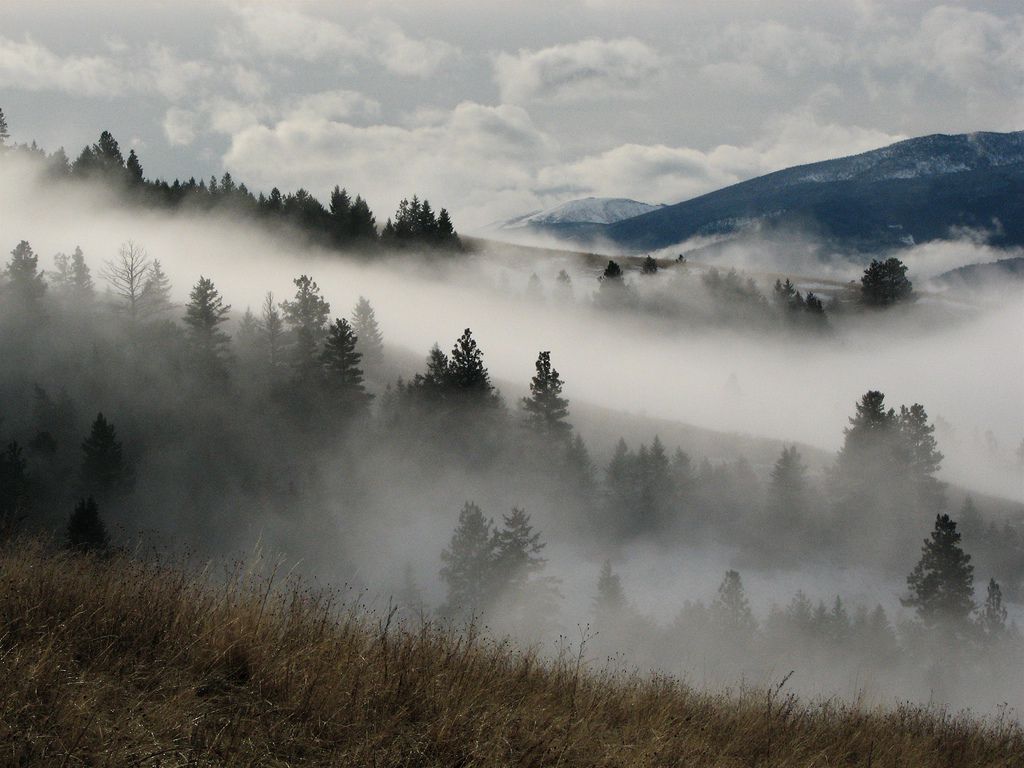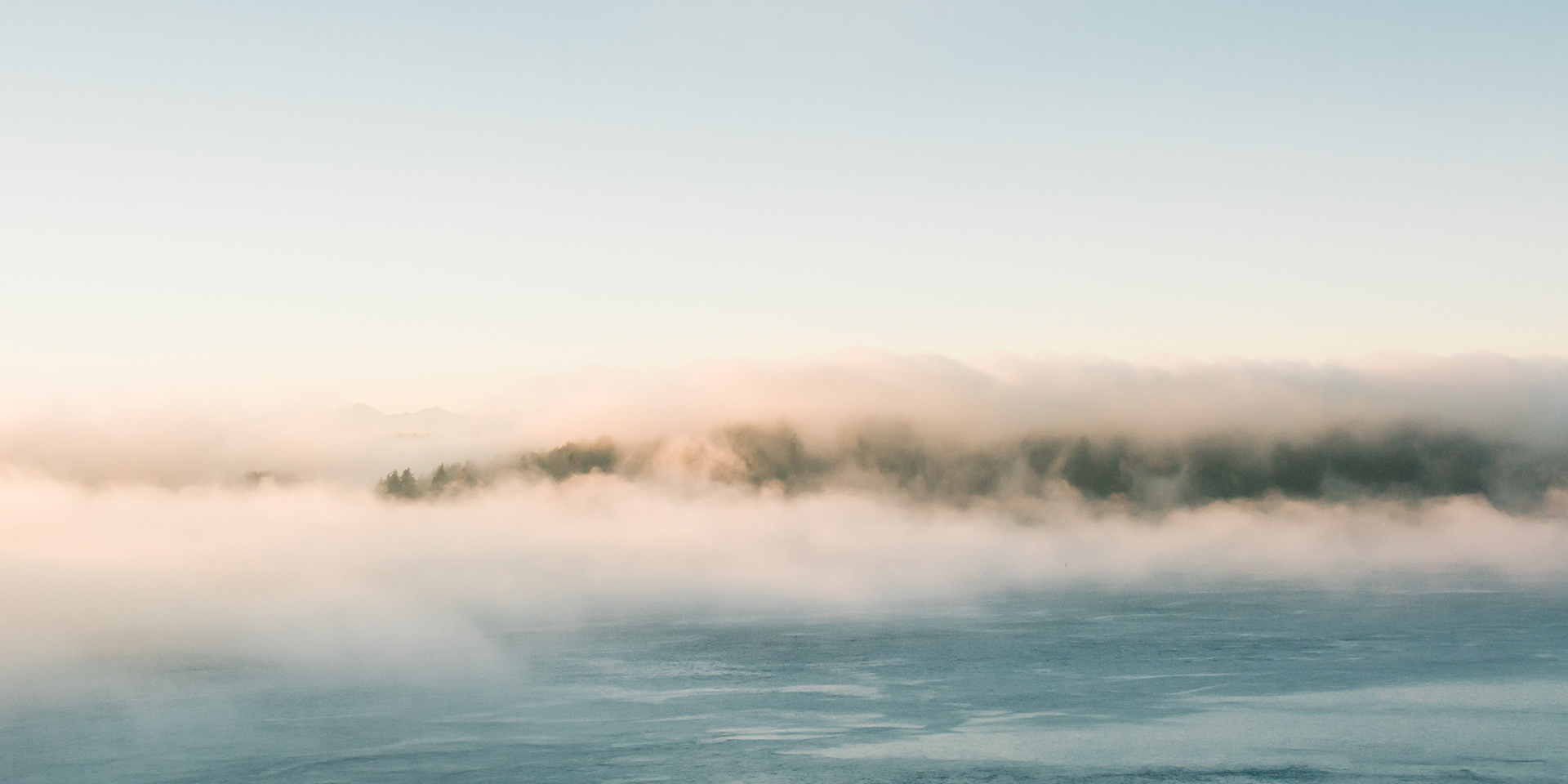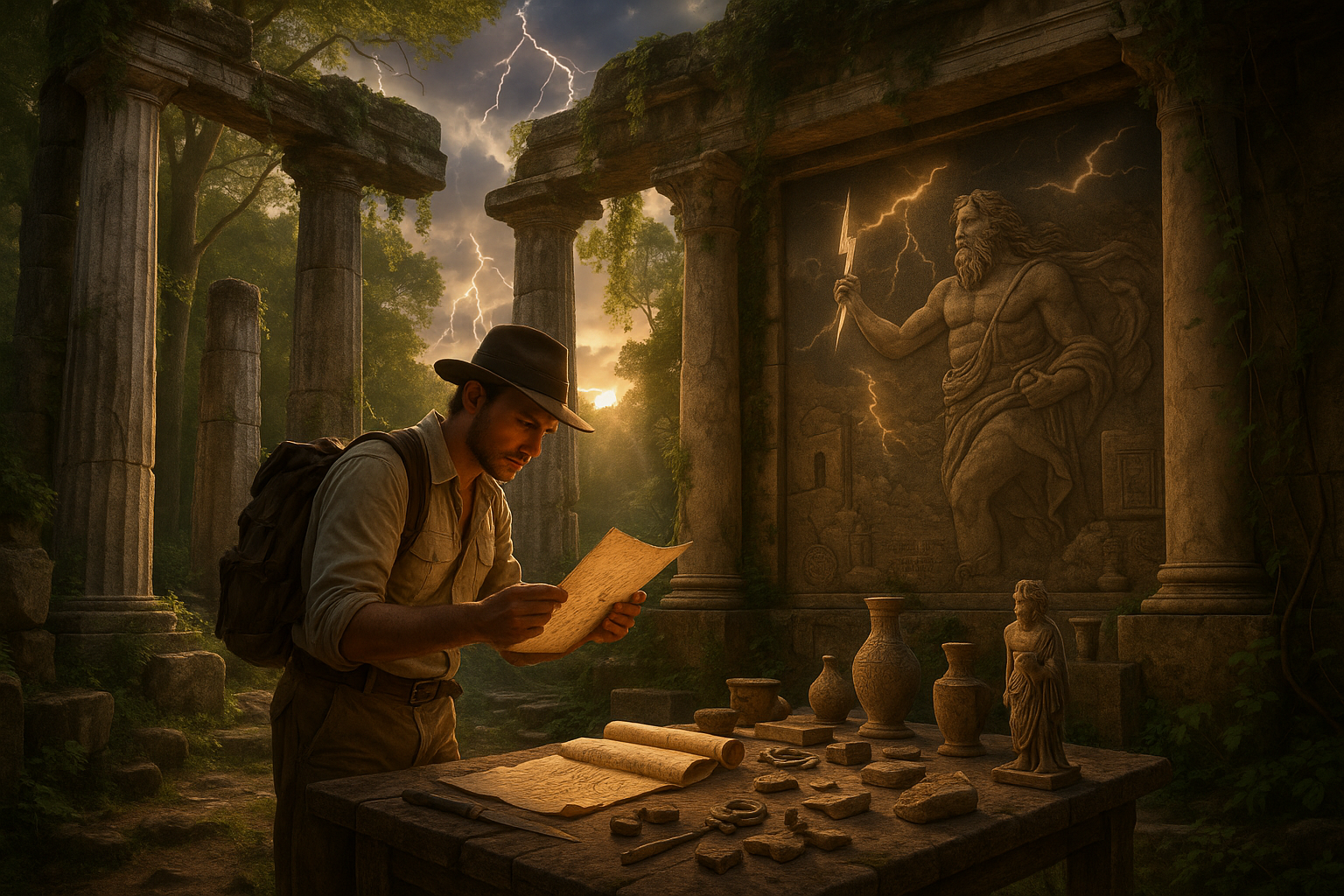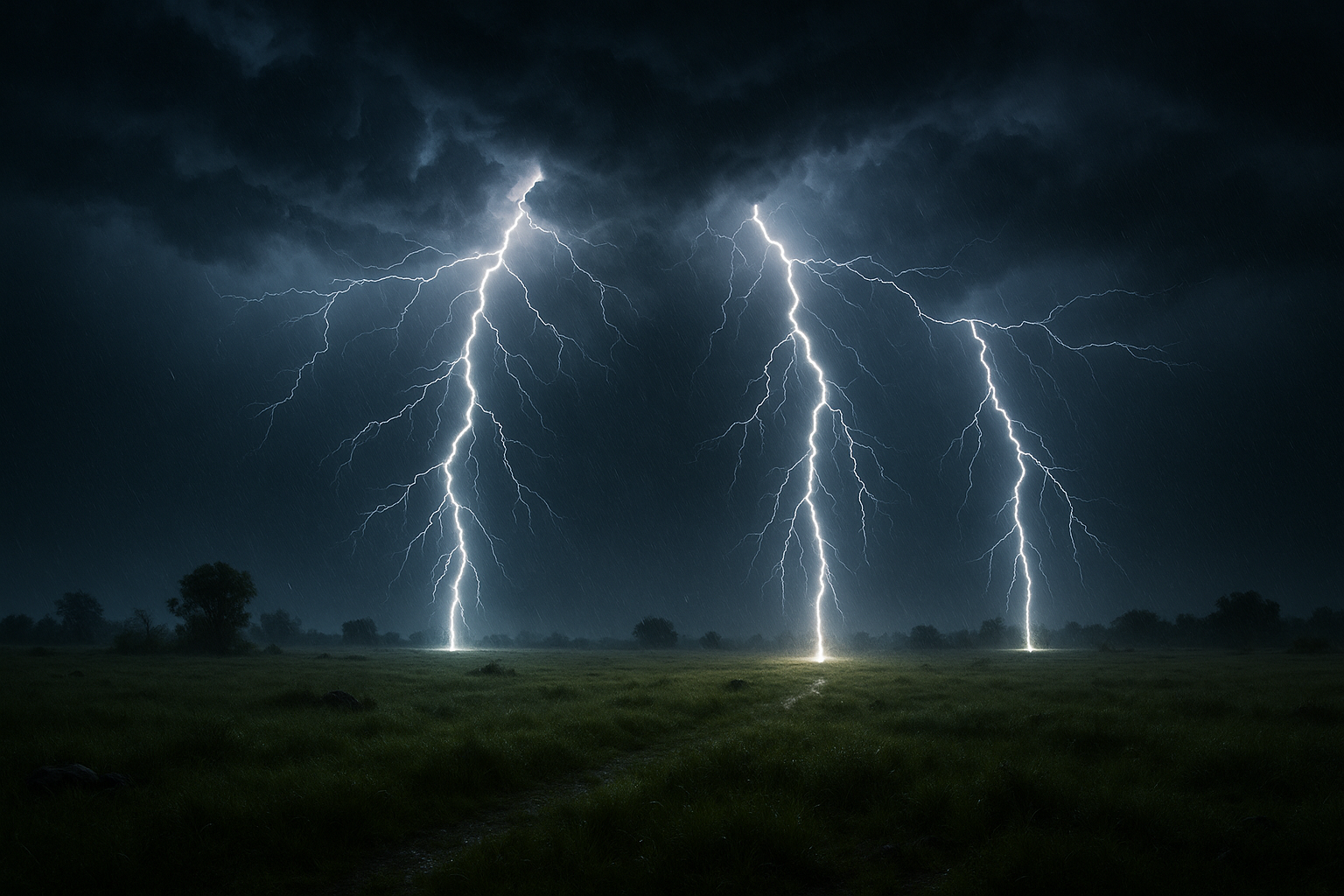In the realm of photography, there exists a magical dance between light and time that can transform ordinary scenes into extraordinary visions. This dance is perhaps most enchanting when capturing the elusive and ephemeral beauty of heat lightning through the art of long exposure photography. As the skies ignite with flashes of light that stretch across the horizon, photographers are granted a unique opportunity to immortalize this natural spectacle in a way that is both breathtaking and awe-inspiring. In this article, we will delve into the world of long exposure photography, specifically focusing on techniques to capture stunning images of heat lightning, a phenomenon that has fascinated and inspired for generations. ✨
The allure of heat lightning lies in its mysterious and unpredictable nature. Unlike typical thunderstorms, heat lightning occurs on hot summer nights when the atmosphere is charged but the skies remain clear. This type of lightning originates from distant storms that are too far away for their thunder to be heard, creating a silent ballet of light across the sky. To truly capture the essence of this natural wonder, photographers must master the art of long exposure, a technique that involves using slow shutter speeds to allow more light to reach the camera sensor. This method not only highlights the intricate patterns and colors of the lightning but also reveals details that are invisible to the naked eye, transforming fleeting moments into eternal images.
In the pages that follow, we will explore the essential tips and tricks for mastering long exposure photography with a focus on heat lightning. From selecting the right equipment and settings to understanding the importance of timing and location, each aspect of the process will be discussed in detail. We will also provide insights into post-processing techniques that can enhance the final images, ensuring that the beauty of heat lightning is captured in all its glory. Whether you are a seasoned photographer looking to refine your skills or a beginner eager to explore a new facet of the art, this guide will equip you with the knowledge and inspiration to create truly stunning images. So grab your camera, venture into the night, and prepare to capture the breathtaking spectacle of heat lightning like never before. 🌌
Understanding Long Exposure Photography
Long exposure photography is an enchanting technique that allows photographers to capture images in a way that shows the passage of time. By using a slower shutter speed, the camera sensor is exposed to light for a longer duration, resulting in stunning effects like silky waterfalls, soft clouds, and the mesmerizing trails of heat lightning. The beauty of long exposure photography lies in its ability to transform ordinary scenes into extraordinary visual stories, emphasizing movement and change in a single frame.
The magic of long exposure photography is particularly evident when capturing natural phenomena like heat lightning. Heat lightning, a type of lightning that is seen from a distance and not accompanied by the sound of thunder, offers a unique opportunity for photographers to capture the beauty of the night sky. This technique requires a keen understanding of camera settings, as well as the patience and skill to predict the behavior of lightning. Whether you’re a seasoned photographer or a beginner eager to explore the world of long exposure, mastering these techniques can help you create captivating images that showcase the dynamic beauty of nature.
Before diving into the technical aspects, it’s essential to understand the basic principles of long exposure photography. The key to success lies in manipulating three primary settings: shutter speed, aperture, and ISO. Adjusting these settings allows photographers to control the amount of light that reaches the camera sensor, creating different effects based on the desired outcome. For heat lightning, a slower shutter speed is necessary to capture the fleeting nature of the lightning bolts, while a wider aperture helps to gather more light in low-light conditions. Balancing these elements can be challenging, but with practice and experimentation, photographers can develop a keen eye for capturing stunning images.
Essential Equipment for Capturing Heat Lightning
A DSLR or mirrorless camera with manual controls is ideal for long exposure photography, as it allows you to adjust shutter speed, aperture, and ISO independently. This flexibility is crucial for capturing heat lightning, which often requires precise control over these settings to achieve the desired effect. A wide-angle lens, preferably one with a low f-stop, will help you capture a broader view of the sky, increasing your chances of including multiple lightning bolts in a single frame.
One of the most important pieces of equipment for long exposure photography is a sturdy tripod. Because long exposures require the camera to remain still for several seconds or even minutes, any movement can result in blurry images. Investing in a high-quality tripod will help ensure your camera remains stable during long exposure shots. Additionally, a remote shutter release or intervalometer can be extremely helpful, as it allows you to trigger the shutter without physically touching the camera, further reducing the risk of camera shake.
Techniques for Stunning Long Exposure Heat Lightning Photos
Capturing the perfect long exposure photo of heat lightning involves more than just having the right equipment; it requires a deep understanding of the techniques and strategies that make these shots successful. One of the most important aspects of long exposure photography is timing. Heat lightning is unpredictable, and capturing it requires patience and a keen sense of timing. By understanding the patterns and behaviors of lightning, you can increase your chances of capturing a spectacular shot.
Another critical technique is framing. A well-composed image can make the difference between an ordinary photo and a breathtaking masterpiece. When photographing heat lightning, consider the elements within your frame and how they interact with the lightning itself. Including foreground elements such as trees or buildings can add depth and interest to your photos, creating a more dynamic composition. Experiment with different angles and perspectives to find the best composition for your shots.
Finally, mastering post-processing techniques is essential for enhancing your long exposure photos. Editing software like Adobe Lightroom or Photoshop can help you fine-tune your images, bringing out the details and colors that might not be immediately apparent in the raw file. Techniques such as adjusting contrast, saturation, and sharpness can enhance the visual impact of your photos, turning a good shot into a truly stunning one. Remember to maintain a natural look while enhancing the details, ensuring your images retain the authenticity and beauty of the original scene.
Comparative Analysis: Day vs. Night Long Exposure Photography
Long exposure photography can be practiced both during the day and at night, each offering its own set of challenges and rewards. Understanding the differences between these two approaches can help photographers decide which techniques to employ for capturing heat lightning. The table below highlights some key distinctions between day and night long exposure photography.
| Aspect | Day Long Exposure | Night Long Exposure |
|---|---|---|
| Lighting Conditions | Abundant natural light, requiring ND filters | Low light, requiring wider apertures and higher ISO |
| Common Subjects | Waterfalls, moving clouds, bustling cityscapes | Stars, lightning, illuminated cityscapes |
| Technical Challenges | Managing exposure with ND filters, avoiding overexposure | Balancing noise and detail, focusing in low light |
As you can see, day and night long exposure photography each offer unique opportunities for creative expression. When capturing heat lightning, night long exposure photography is the preferred approach due to the inherent nature of lightning and the need to capture its brilliance against a dark sky. By understanding these differences, photographers can better prepare for the specific challenges and opportunities presented by each setting.
For more insights and visual examples, check out this helpful video on long exposure photography techniques for capturing heat lightning: Long Exposure Photography for Stunning Lightning Shots – John Doe Photography. This video provides a comprehensive overview of the essential techniques and considerations for creating stunning long exposure images of heat lightning. 🎥
Creating Dramatic Images with Heat Lightning and Long Exposure
Heat lightning presents a unique opportunity for photographers to capture dramatic and awe-inspiring images. The natural beauty of lightning, combined with the effects of long exposure photography, can result in breathtaking images that captivate viewers and showcase the power of nature. To make the most of this opportunity, photographers should consider several factors, including location, timing, and technique.
Location is crucial when it comes to capturing heat lightning. Finding a location with an unobstructed view of the sky, free from light pollution, can greatly enhance the quality of your photos. Remote areas, away from city lights, are ideal for capturing the full brilliance of heat lightning. Additionally, consider the weather conditions and the likelihood of lightning activity in the area. Tracking weather patterns and staying informed about potential storms can increase your chances of capturing impressive shots.
Timing is equally important when photographing heat lightning. Because lightning is unpredictable and fleeting, being prepared and patient is key to capturing the perfect shot. Setting up your camera in advance and being ready to shoot at a moment’s notice can make all the difference. Experimenting with different shutter speeds can also help you capture the lightning in various ways, from a single bolt to multiple strikes in a single frame.

Conclusion
Creating compelling images of heat lightning through long exposure photography is a captivating endeavor that combines technical skill with a deep appreciation for nature’s dramatic displays. Throughout this article, we have delved into various techniques and tips that empower photographers, both novice and seasoned, to capture the breathtaking beauty of heat lightning. From understanding the basic principles of long exposure photography to selecting the right equipment and settings, we’ve covered essential insights to enhance your photographic journey.
In the opening sections, we explored the fundamentals of long exposure photography, emphasizing the importance of a stable setup. A sturdy tripod, a camera with manual settings, and the right lens form the cornerstone of capturing stunning images. These tools not only provide the necessary stability to avoid blurry images but also allow photographers to experiment with different exposures, capturing lightning strikes in all their brilliance.
Delving deeper, we discussed the significance of timing and location. Heat lightning, often visible on warm summer nights, provides a unique opportunity to capture lightning without the accompanying thunderstorm. The absence of rain and close thunder allows photographers to set up safely at a distance, using a wide-angle lens to incorporate the expansive sky. The article highlighted the importance of scouting locations with minimal light pollution and an unobstructed view of the horizon to ensure the best outcomes.
A critical aspect of long exposure photography is mastering the camera settings. Adjusting the aperture, ISO, and shutter speed is crucial for capturing clear and detailed images of heat lightning. We detailed how lower ISO settings can minimize noise, while a smaller aperture helps in maintaining focus throughout the image. The shutter speed, however, remains the most vital component, as it dictates the exposure time needed to capture multiple lightning strikes within a single frame.
One cannot overlook the role of composition in photography. The article emphasized how elements such as foreground interest and leading lines can enhance the overall aesthetic of your lightning photography. Incorporating objects like trees, buildings, or water bodies can add context and scale, making the images not just a snapshot of lightning, but a well-composed piece of art.
Post-processing is another key area we covered. Tools like Adobe Lightroom and Photoshop can be invaluable in enhancing the contrast and clarity of your images. Adjusting the highlights and shadows can bring out details in both the lightning and the night sky, transforming a good photo into a truly stunning one. We provided a step-by-step guide on how to use these tools to refine your images without compromising their natural essence.
In discussing safety, the article underscored the importance of maintaining a safe distance from the storm. While heat lightning is typically safe to photograph from afar, it’s crucial to remain vigilant about changing weather conditions. Utilizing weather apps and radar tools can help in planning your photography sessions and ensuring your safety.
As we conclude, the art of capturing heat lightning through long exposure photography is not just about technical proficiency; it’s about patience, practice, and a passion for nature’s wonders. The exhilaration of capturing the perfect shot—where the sky illuminates with electric tendrils—is unparalleled. These images not only showcase the photographer’s skill but also serve as a reminder of nature’s awe-inspiring beauty.
We encourage you to apply the techniques discussed, experiment with different settings, and most importantly, enjoy the process. Whether you’re standing on a remote hill or in your backyard, let each click of the shutter be a step towards mastering the art of long exposure photography. 🌌
Join the conversation and share your experiences in the comments below. We’d love to hear about your challenges, successes, and the stories behind your photographs. If you found this article helpful, feel free to share it with fellow photography enthusiasts who might also be captivated by the magic of heat lightning.
For further reading and resources, check out these active links:
1. Digital Photography School: Long Exposure Techniques
2. National Geographic: Tips for Capturing Lightning
These resources offer a wealth of information to complement your learning and inspire your photographic journey. Happy shooting! 📸
Toni Santos is a visual storyteller and artisan whose creations celebrate the poetry of the natural world. Through his thoughtful artistic lens, Toni captures the elegance of botanical forms, transforming them into meaningful expressions of symbolism, resilience, and timeless beauty.
His journey is deeply rooted in a passion for flora and the mysteries they carry. From the shape of a petal to the curve of a vine, each design Toni brings to life reflects a deeper narrative — one of growth, transformation, and harmony with nature. Whether crafting symbolic floral jewelry, enchanted botanical illustrations, or seasonal visual studies, Toni’s work evokes the quiet magic found in Earth’s most delicate details.
With a background in handcrafted artistry and visual design, Toni blends technique with intention. His creations do more than decorate — they speak, often inspired by ancient meanings behind flowers, the cycles of the seasons, and the invisible bonds between nature and spirit.
As the creative voice behind Vizovex, Toni shares this botanical journey with the world, offering curated stories, handcrafted collections, and thoughtful articles that help others reconnect with nature’s symbolism and artistic essence.
His work is a tribute to:
The quiet power of flowers and their messages
The art of visual symbolism in everyday life
The beauty of slowing down to see what’s hidden in plain sight
Whether you’re an artist, a nature lover, or someone drawn to the deeper meanings behind the natural world, Toni welcomes you to explore a space where aesthetics meet soul — one petal, one story, one creation at a time.





